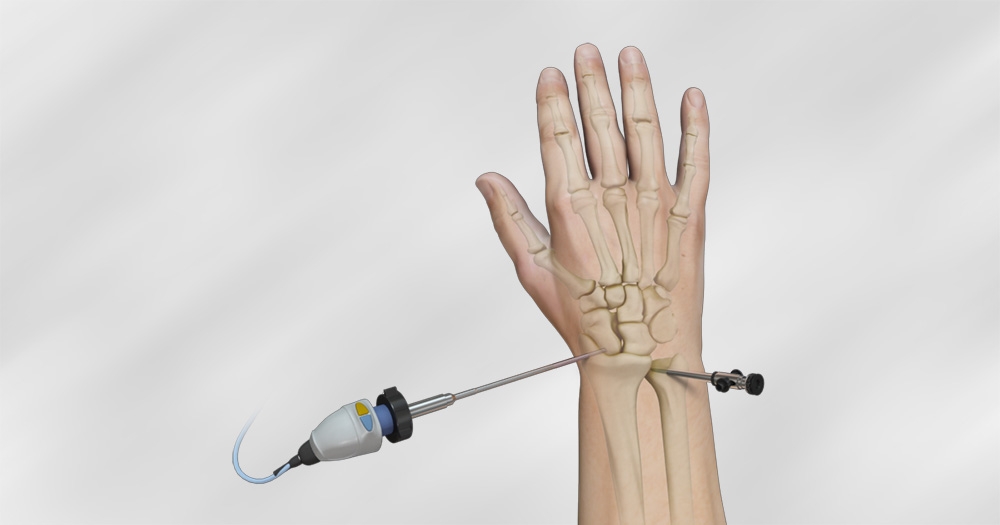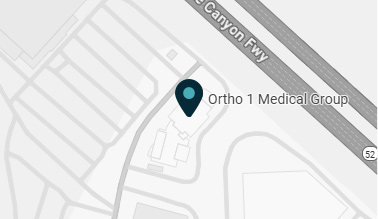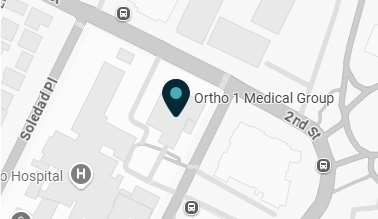When you experience an ongoing health condition or symptom that affects your wrist, arthroscopy can be one of the most effective ways to diagnose and treat the issue. Some of the conditions diagnosed or treated by wrist arthroscopy include:
- Carpal tunnel syndrome
- Wrist fractures and cartilage tears
- Muscle or ligament damage
- Cyst excision
This minimally invasive surgical procedure requires only a small incision and offers fewer risks and a quicker recovery. Despite the benefits, however, it still takes some time to heal from wrist arthroscopy.
The board-certified orthopedic surgeons at Ortho 1 Medical Group in San Diego, La Jolla, Chula Vista, and Coronado, California specialize in this innovative surgical solution. Our team knows the best recovery from wrist arthroscopy occurs when patients know what to expect.
While your Ortho 1 Medical Group provider gives you personalized recovery instructions after your surgery, here’s a general look at what happens after wrist arthroscopy and how you can take steps to help yourself heal.
Discomfort and swelling
In the days following your wrist arthroscopy, it’s normal for your wrist to be sore and swollen. You may notice some skin discoloration near the incision sites. Your provider will direct you to keep your wrist elevated for the first few days following surgery. Keeping your arm above your heart helps minimize swelling and pain.
You can also take anti-inflammatory medicines as directed by your doctor and use ice or cold packs to help reduce swelling. Be sure to take any pain medications as directed by your provider, and talk to your doctor about other ways to manage pain, such as meditation, to help promote healing.
Immobilization
Depending on the reason for your surgery, you may need to have your wrist immobilized following surgery to protect the joint and allow your body time to heal these delicate tissues. If your Ortho 1 Medical Group surgeon recommends immobilization, you may be given a cast, splint, or brace.
Physical therapy
Most people who have wrist arthroscopy are prescribed physical therapy to help regain wrist strength, mobility, and function. The underlying reason you had the surgery and the repair made, if any, help dictate the types of exercises you’ll need to do.
Resume normal activities gradually
When you can resume your normal daily activities or return to work depends on the reasons for your wrist arthroscopy and the things you do as part of your daily routine or job. Many people can go back to most activities within a few days to a week.
However, if your normal activities include repetitive motions, high-impact activities, or heavy lifting, be sure to follow your surgeon’s directions and gradually increase the time you spend and the intensity of your activities. Slow and steady helps prevent reinjury and provides a smoother recovery.
Focus on rest and diet
As you recover from wrist arthroscopy, be sure to focus on getting plenty of rest and eating a nutritious, well-balanced diet. Your body needs plenty of sleep to boost your natural healing processes, so rest when you’re tired.
You’ll also want to eat healthy foods high in essential vitamins and minerals, as these help speed healing, and avoid processed, sugary foods and alcohol, as these products slow healing. Keep water close by, since staying hydrated helps improve joint function.
Follow-up visits
If you have wrist arthroscopy, you can expect to have regular follow-up appointments with your surgeon. These visits are important for monitoring the recovery progress and addressing any concerns or issues that arise.
While wrist arthroscopy is generally safe and effective, complications can arise. Be sure to call your provider if you experience increasing (rather than improving) pain, excessive or increasing swelling, sudden bleeding, or signs of infection (e.g., skin redness, pus, fever).
Learn more about what to expect during wrist arthroscopy recovery by scheduling an appointment online or over the phone today with a provider at Ortho 1 Medical Group.





















